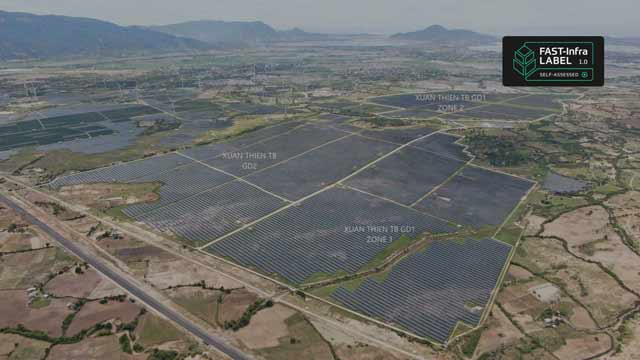
Prioritizing Human and Labor Rights in Infrastructure Investments
What’s a Rich Text element?
The rich text element allows you to create and format headings, paragraphs, blockquotes, images, and video all in one place instead of having to add and format them individually. Just double-click and easily create content.
H1
H2
H3
H4
H5
H6


Static and dynamic content editing
A rich text element can be used with static or dynamic content. For static content, just drop it into any page and begin editing. For dynamic content,

add a rich text field to any collection and then connect a rich text element to that field in the settings panel. Vsadsadsdasdasdasdasdoila!
- A rich text element can be used with static or dynamic content. For static content, just drop it into any page and begin editing. For dynamic content, add a rich text field to any collection and then connect a rich text element to that field in the settings panel. Voila!
- t to that field
- t to that field
-
How to customize formatting for each rich text
How to customize formatting for each rich text
How to customize formatting for each rich text
Headings, paragraphs, blockquotes, figures, images, and figure captions can all be styled after a class is added to the rich text element using the "When inside of" nested selector system.
Infrastructure is essential for how people live their lives today. It connects communities with transportation, delivers electricity that powers homes and provides clean water to drink. Infrastructure can have a profound and positive impact on our society and the people who use its structures.
At the same time, infrastructure development is largely dependent on the people who built the structures, making the human workforce an essential component in the construction process. The United Nations (UN) Sustainable Development Goal (SDG) 8 centers on fostering inclusive and sustainable economic growth, employment, and decent work for everyone. This includes aims to attain full and productive employment, as well as decent work, for all individuals by 2030, with a commitment to achieving equal pay for work of equal value; and the importance of protecting labor rights and advocating for safe and secure working environments for all workers. This includes migrant workers, especially women migrants, and individuals engaged in precarious employment. Achieving UN SDG 8 will help ensure fair and dignified working conditions for a diverse and inclusive workforce.
The realization of inclusive and sustainable economic growth built upon productive and decent work for all requires the development of diverse infrastructure types. Economic, social, and cultural rights, such as the right to education, health, or clean drinking water, demand institutions like schools, hospitals, water utilities, and a reliable power supply. Civil and political rights, such as freedom of speech, rely on the existence of democratic and rule-of-law institutions and security or IT infrastructure. At the same time, the UN Environment Programme Finance Initiative (UNEP FI) identifies key human rights-related risks related to infrastructure. Key risks associated with infrastructure projects encompass workforce health and safety, particularly during the construction phase. The influx of migrant workers during construction poses potential challenges that need careful management. Large-scale development may adversely affect communities, impacting traditional livelihoods or reducing access to water. Forced resettlement, particularly of indigenous peoples, is a prominent risk. Infrastructure projects also carry environmental risks, including noise, waste, and pollution during and after construction.
The pressing requirement for a shift to a low-carbon economy could incur significant social costs if individuals and communities are not adequately considered. In this context, infrastructure investors have a duty to protect human rights. This responsibility was formalized by the UN and the Organisation for Economic Cooperation and Development (OECD) in 2011. The UK’s Modern Slavery Act and the EU’s requirement for certain human rights due diligence underline the legislative and regulatory push in this direction.
Infrastructure investors should take a systematic approach to protecting human rights. While aiming for high standards, investors lack the time and tools for a thorough analysis of all aspects of an investment. This is the goal of the FAST-Infra Label, to ensure environmental, social, resilience and governance criteria are covered and offering a practical solution to meet appropriate standards.
To ensure the protection and enhancement of Human and Labour Rights, the FAST-Infra Label framework requires projects to identify and disclose human and labor rights issues across the supply chain, promote local employment opportunities during construction and operation, implement plans and policies, promote ethical labor practices, and monitor performance throughout construction. This makes is easier and faster for investors to identify said projects with credibility.
Simultaneously, the framework promotes inclusivity and safety in infrastructure projects through a two-fold approach. First, it requires projects to meet baseline requirements by conducting comprehensive analyses of their impacts on gender equality, ethnic diversity, and protecting vulnerable groups. This includes implementing risk assessments to address gender-based violence and harassment and creating action plans to enhance positive effects while mitigating negative ones. Second, the label encourages projects to contribute positively by adapting infrastructure designs and services to promote inclusivity and empower marginalized groups. Additionally, projects are expected to proactively monitor and evaluate their impact on public health and safety within local communities and for project workers. By adopting health and safety management systems and embedding policies to minimize negative community impacts, projects can align with the FAST-Infra Label's emphasis on inclusivity and safety in infrastructure development.
The framework prioritizes engagement with project stakeholders, ensuring their conditions and expectations are not only met but exceeded. By streamlining multiple taxonomies into a unified methodology, FAST-Infra Label stands as an accessible standard and tool,integrating and simplifying the structuring of existing processes. Far from a burden, it transforms complexity into a straightforward procedure. This framework takes the diverse criteria and dimensions into account, going beyond the realms of Environmental, Social, and Governance (ESG) standards. Moreover, it encourages data transparency, providing investors with accessible insights to drive informed decisions in the dynamic landscape of infrastructure investment.






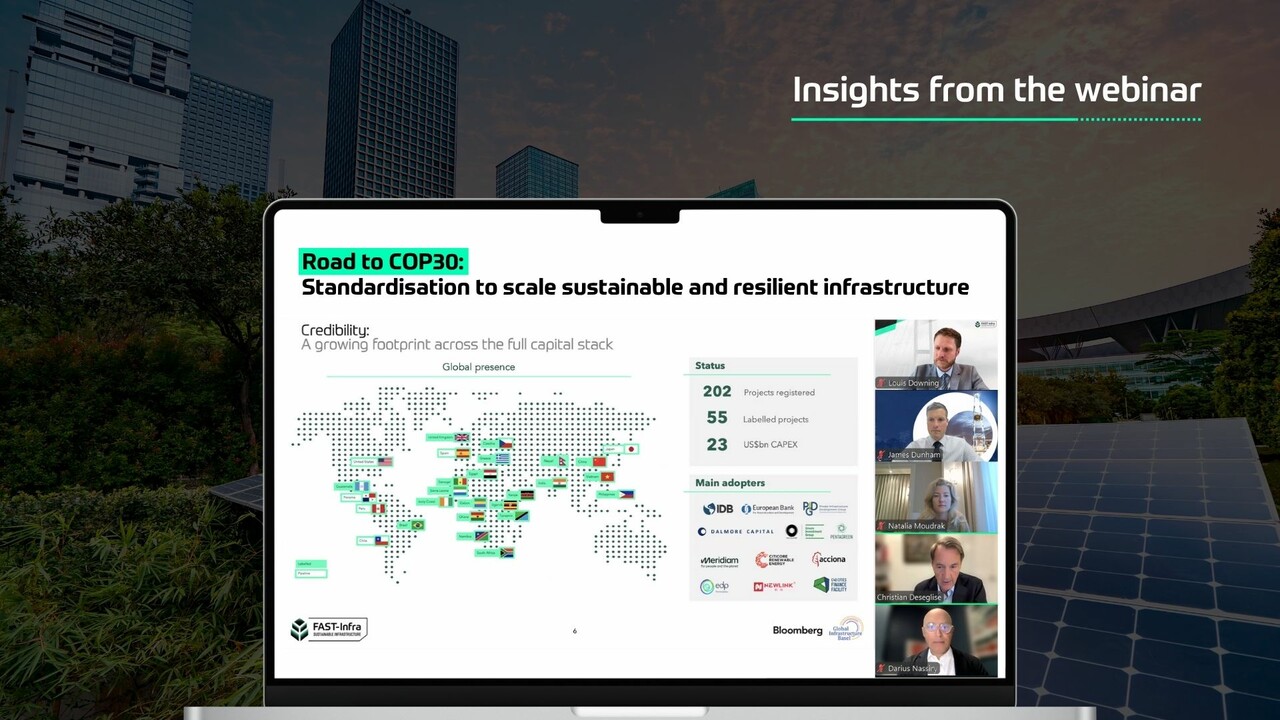





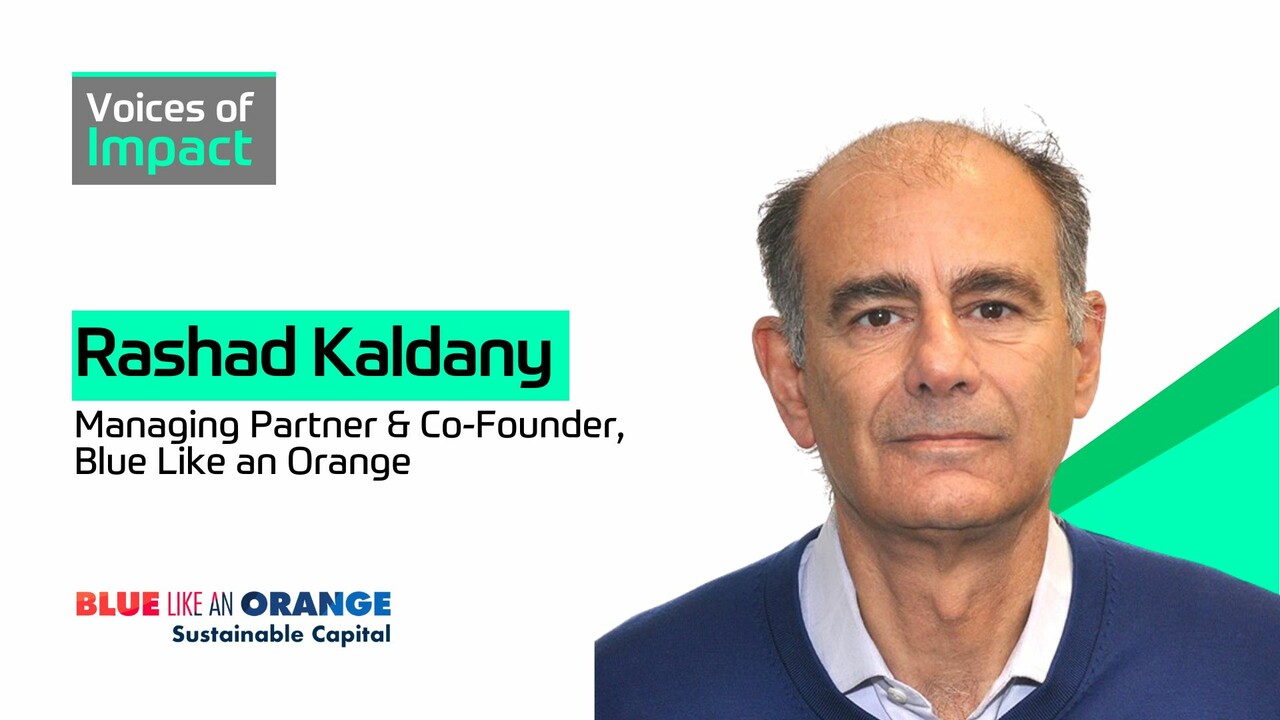
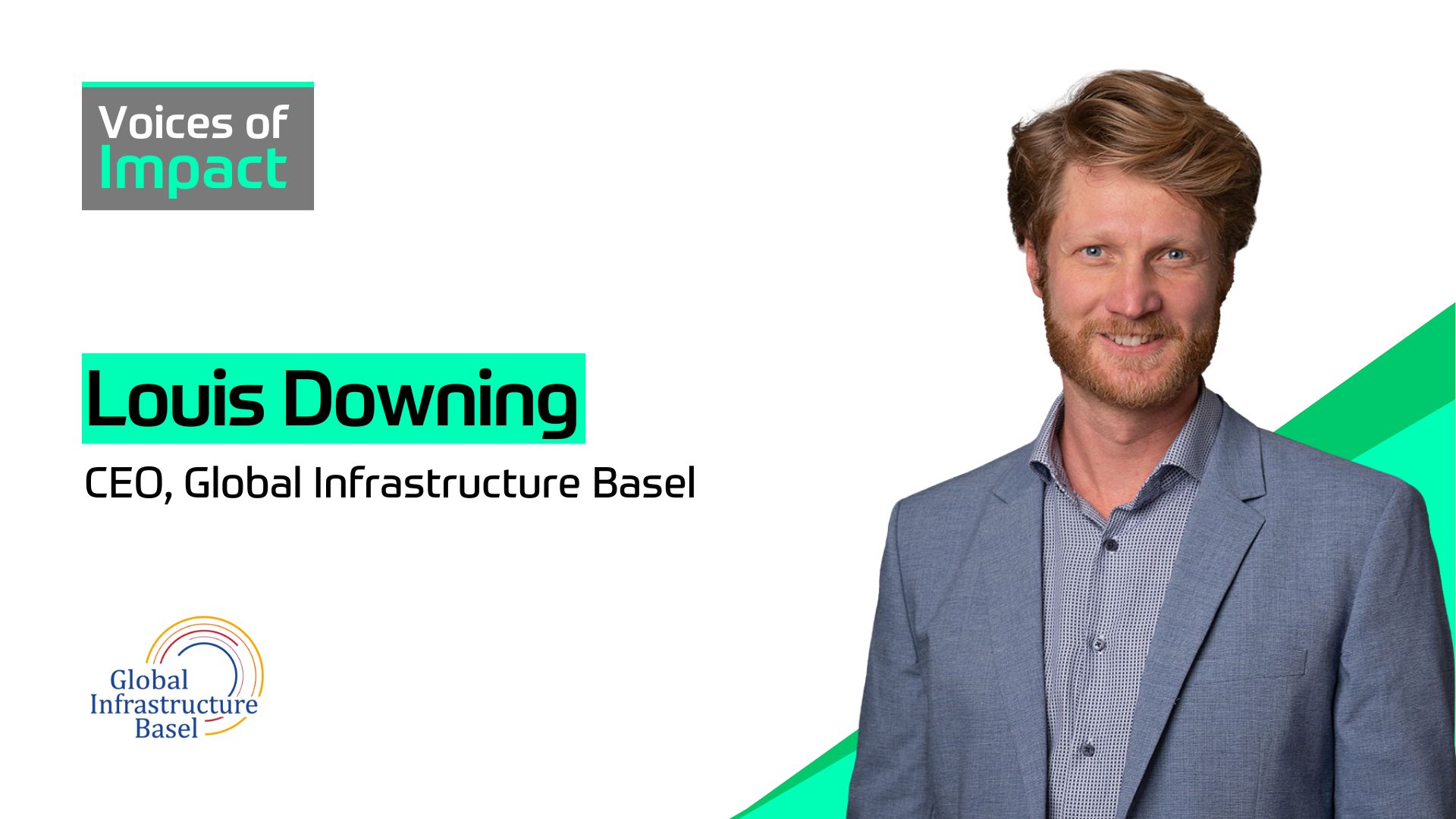

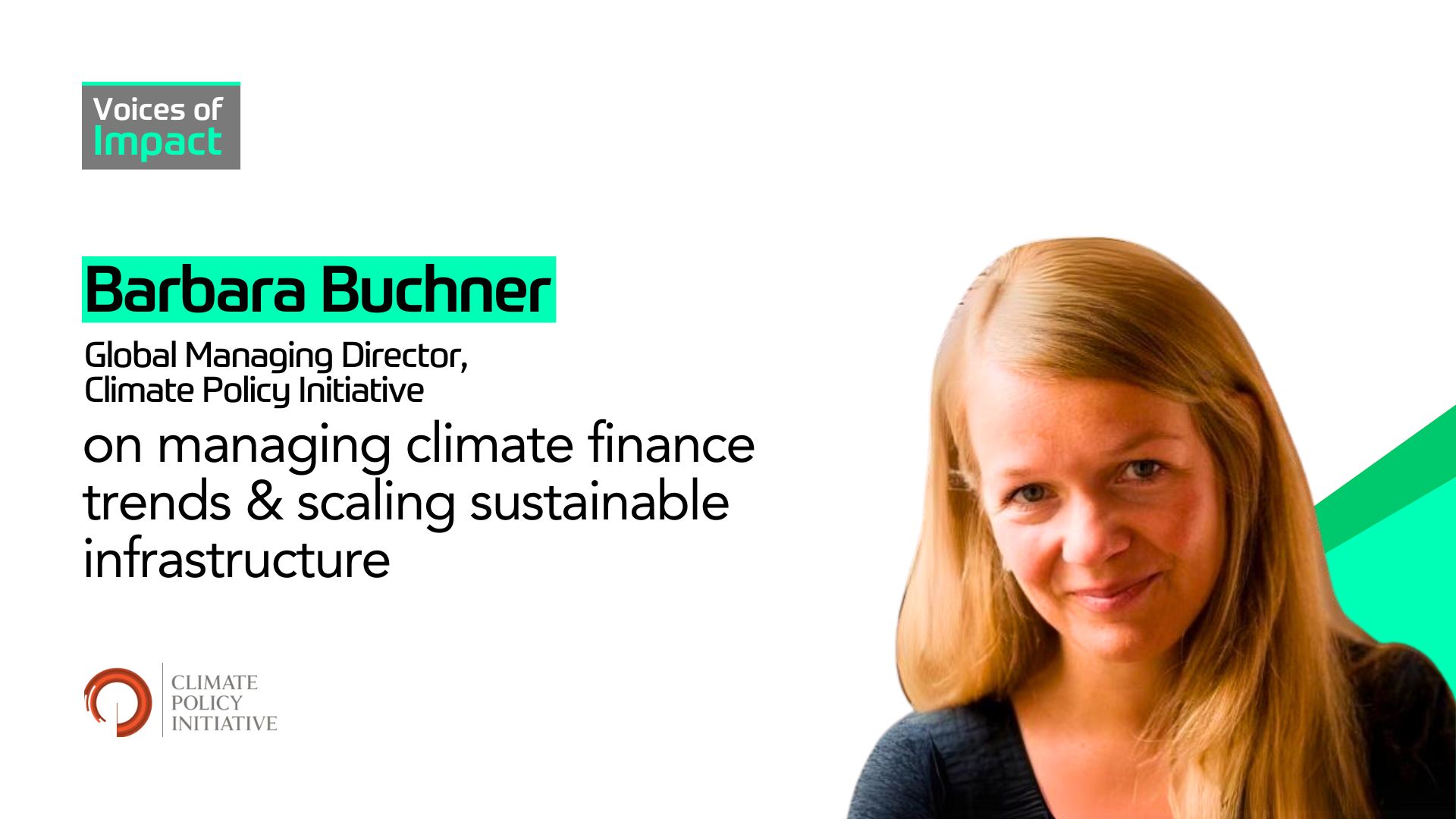
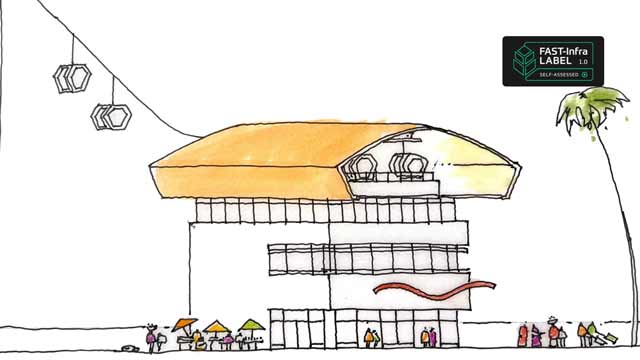






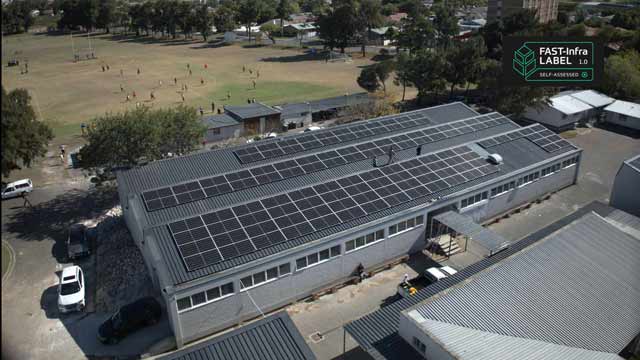

.jpg)


.jpg)


.jpg)
.jpg)
.jpg)
.jpg)
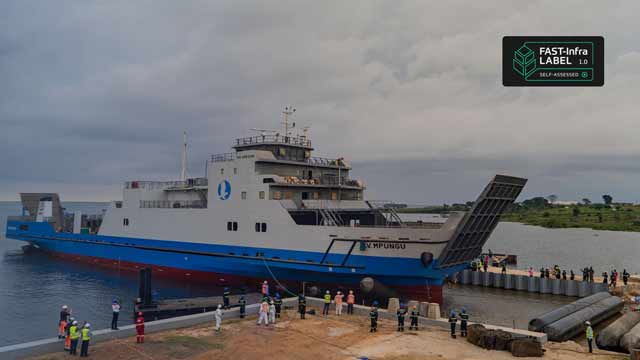
.jpg)




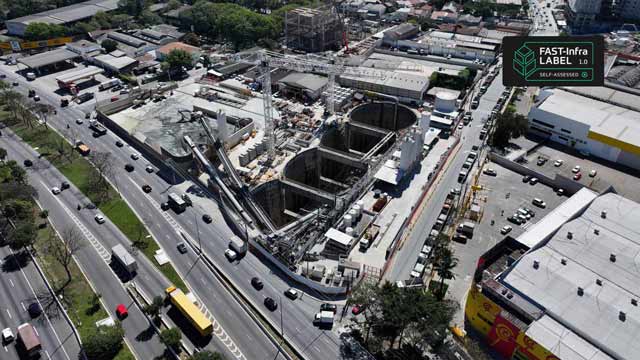




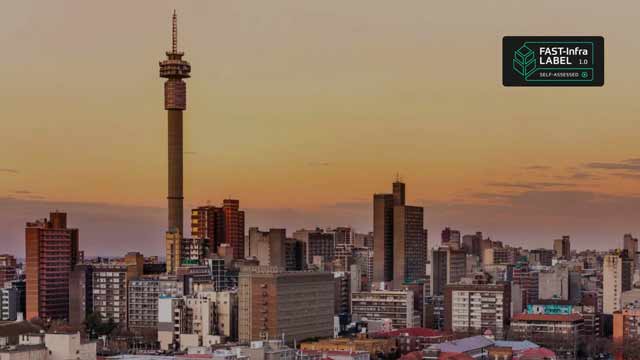








.webp)



